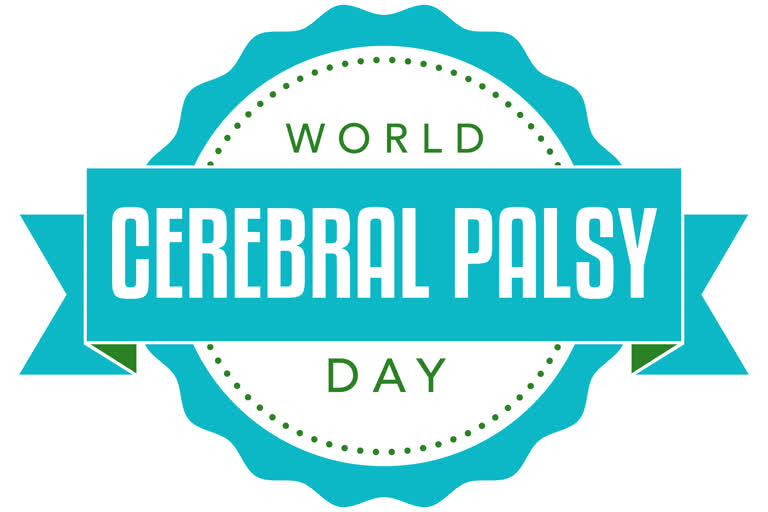Every year on 6th October, World Cerebral Palsy Day is observed in order to raise awareness about the disorder and draw the attention of the public towards those who are living with this complex physical condition. It is the most common condition amongst children and around 17 million people across the globe are living with it.
The Centers for Disease Control and Prevention (CDC) explains, “Cerebral palsy (CP) is a group of disorders that affect a person’s ability to move and maintain balance and posture. CP is the most common motor disability in childhood. Cerebral means having to do with the brain. Palsy means weakness or problems with using the muscles. CP is caused by abnormal brain development or damage to the developing brain that affects a person’s ability to control his or her muscles.”
CP is a lifelong disability and there is no curative treatment available for it yet. The official website of WCPD states that:
- 1 in 4 children with CP cannot talk
- 1 in 4 cannot walk
- 1 in 2 have an intellectual disability
- 1 in 4 have epilepsy
Types Of Cerebral Palsy
CDC defines the following main types of CP:
1. Spastic Cerebral Palsy
Spastic CP affects about 80% of people with CP. People with spastic CP have increased muscle tone. This means their muscles are stiff and, as a result, their movements can be awkward. Spastic CP usually is described by what parts of the body are affected:
- Spastic diplegia/diparesis
- Spastic hemiplegia/hemiparesis
- Spastic quadriplegia/quadriparesis
2. Dyskinetic Cerebral Palsy
People with dyskinetic CP have problems controlling the movement of their hands, arms, feet, and legs, making it difficult to sit and walk. The movements are uncontrollable and can be slow and writhing or rapid and jerky. Sometimes the face and tongue are affected and the person has a hard time sucking, swallowing, and talking.
3. Ataxic Cerebral Palsy
People with ataxic CP have problems with balance and coordination. They might be unsteady when they walk. They might have a hard time with quick movements or movements that need a lot of control, like writing. They might have a hard time controlling their hands or arms when they reach for something.
